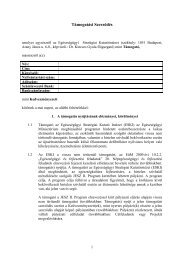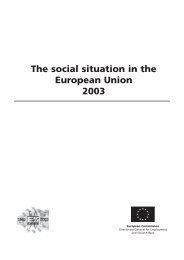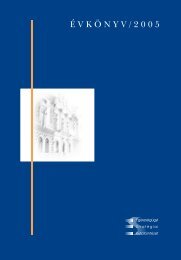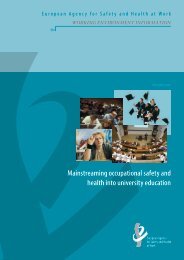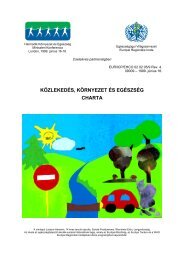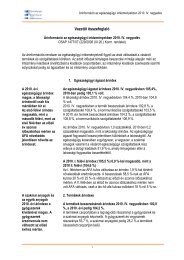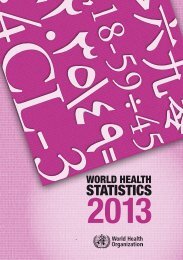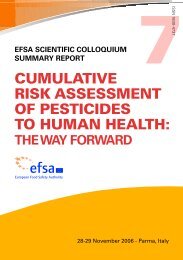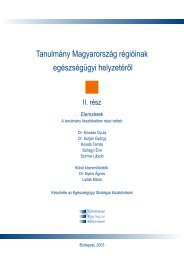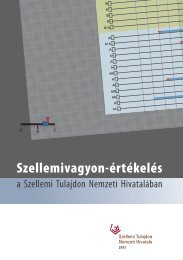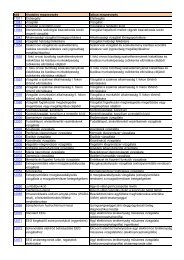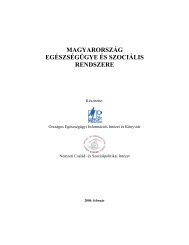WHO Technical Report Series, No. 981 - World Health Organization
WHO Technical Report Series, No. 981 - World Health Organization
WHO Technical Report Series, No. 981 - World Health Organization
You also want an ePaper? Increase the reach of your titles
YUMPU automatically turns print PDFs into web optimized ePapers that Google loves.
<strong>WHO</strong> Expert Committee on Specifications for Pharmaceutical Preparations Forty-seventh report<br />
■■<br />
■■<br />
when the same change affects multiple FPPs, e.g. addition of a new<br />
API manufacturing site for multiple FPPs;<br />
when all the changes are annual notification.<br />
For the purposes of classification, an application involving two or more<br />
types of variations will be considered as the highest risk type, e.g. a variation<br />
grouping both a minor change and a major change will be classified as a major<br />
change.<br />
Applicants are also advised to exercise caution whenever several changes<br />
to the same FPP are envisaged. Although each of the individual changes may<br />
be classified as a particular reporting type, classification within a higher risk<br />
category may be warranted as a result of the composite effect of these changes. In<br />
all such cases, applicants are advised to contact <strong>WHO</strong>/PQP prior to submission<br />
of the variation application to obtain guidance on classifying such changes.<br />
2.1.1 <strong>No</strong>tifications<br />
<strong>No</strong>tifications are changes that could have minimal or no adverse effects on<br />
the overall safety, efficacy and quality of the FPP. Such notifications do not<br />
require prior acceptance, but must be notified to <strong>WHO</strong>/PQP immediately after<br />
implementation (immediate notification (IN)), or within 12 months following<br />
implementation (annual notification (AN)) of the change.<br />
It should be highlighted that an IN or AN may be rejected in specific<br />
circumstances with the consequence that the applicant must cease to apply the<br />
already implemented variation.<br />
<strong>WHO</strong> <strong>Technical</strong> <strong>Report</strong> <strong>Series</strong> <strong>No</strong>. <strong>981</strong>, 2013<br />
Annual notification (AN)<br />
Applicants must satisfy themselves that they meet all of the prescribed conditions<br />
for the change. The change should be summarized as part of the notification but<br />
the indicated documentation is not required to be submitted. The documentation<br />
indicated for ANs should be available on request or at the time of inspection.<br />
ANs should be submitted to <strong>WHO</strong>/PQP within 12 months of implementation<br />
of the changes. For convenience applicants may group several AN changes as a<br />
single submission.<br />
Immediate notification (IN)<br />
Applicants must satisfy themselves that they meet all of the prescribed conditions<br />
for the change and submit all required documentation with the notification<br />
application. Such changes can be implemented immediately at the time of<br />
submission and they can be considered accepted if an objection is not issued by<br />
<strong>WHO</strong>/PQP within 30 calendar days of the date of acknowledgement of receipt<br />
of the application.<br />
100



